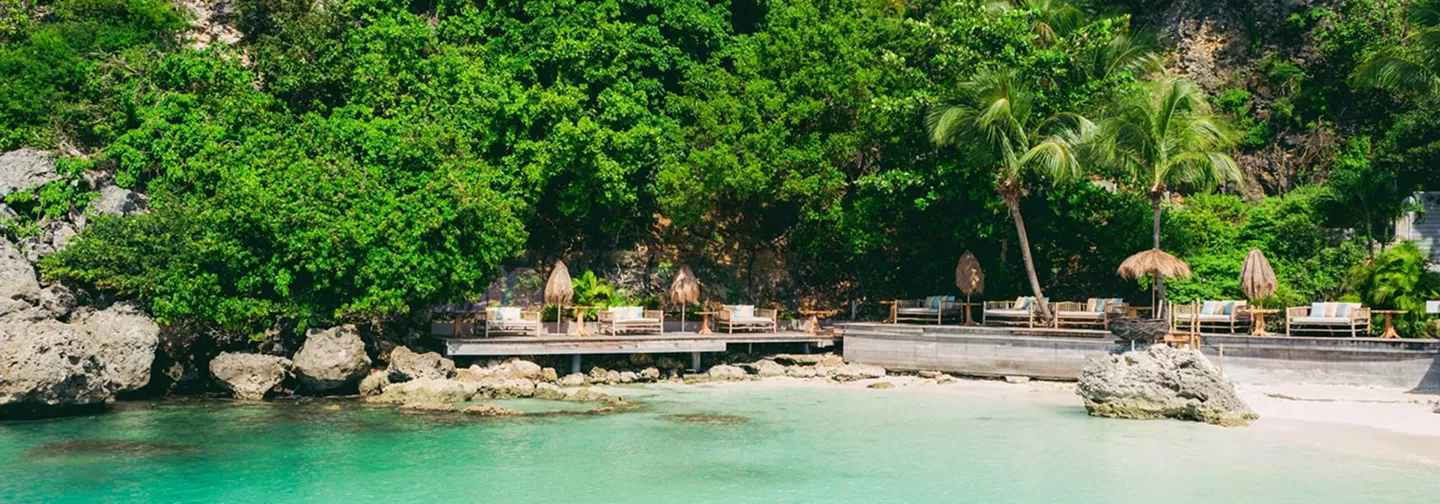
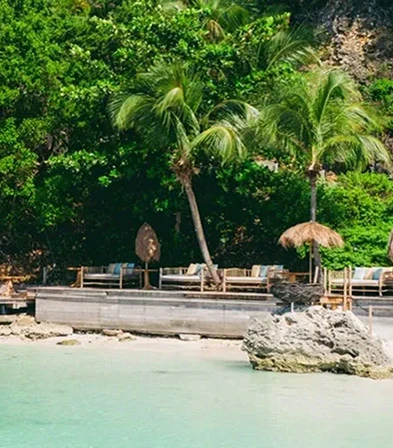
.svg)
.svg)
FILTRER LES actualités
.svg)

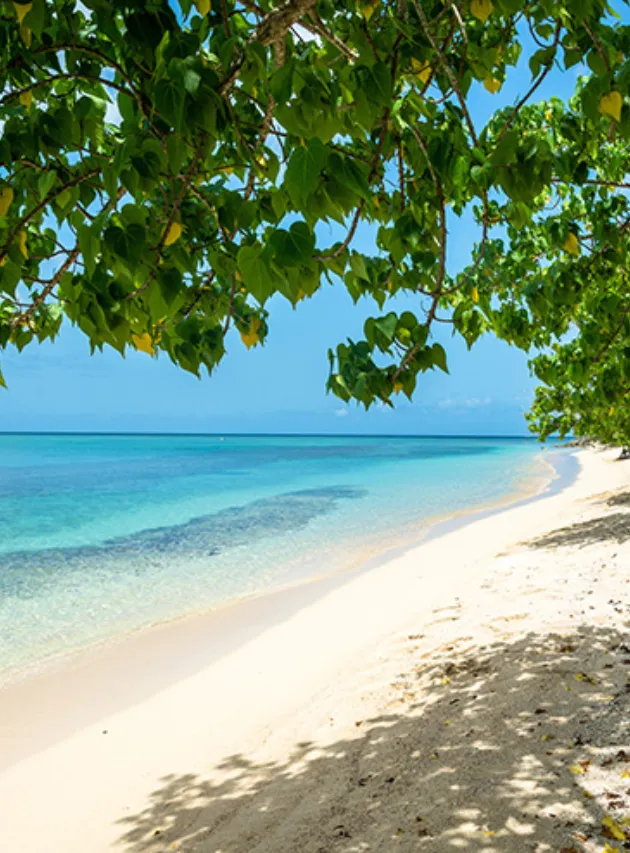
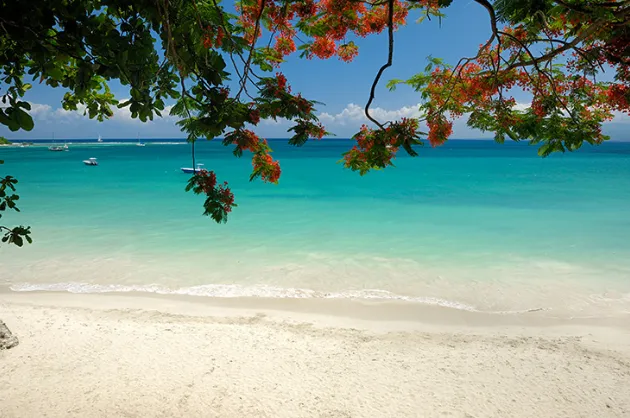
La Toubana Hôtel & Spa : top plages en Grande-Terre
Grande-Terre en Guadeloupe est un vrai paradis pour les vacanciers qui veulent passer du temps à la plage, au bord de la mer des Caraïbes. De nombreuses activités peuvent y être pratiquées : baignade, farniente, snorkeling, voile, etc.
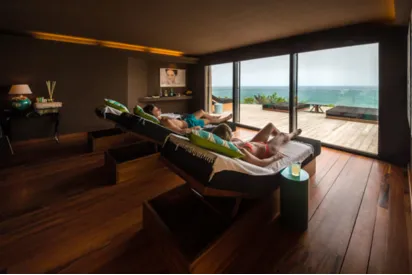


Escapade romantique en Guadeloupe : idées et conseils pour un séjour inoubliable à deux
Si vous êtes à la recherche d’une destination pour une escapade romantique, choisissez la Guadeloupe.



Les incontournables de la culture guadeloupéenne : nos évènements traditionnels
Nichée au cœur des Caraïbes, la Guadeloupe est bien plus qu'une destination touristique. C'est un véritable creuset de cultures, où se mêlent histoire, traditions et festivités. Parmi les nombreux trésors de notre île, La Toubana Hôtel Spa est fière de vous parler des événements traditionnels qui occupent une place centrale dans notre vie. Suivez-nous à la découverte des incontournables de la culture guadeloupéenne, des fêtes et des célébrations qui rythment la vie des habitants et charment nos visiteurs.
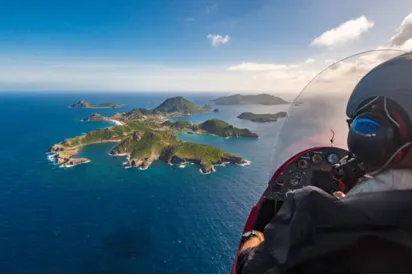

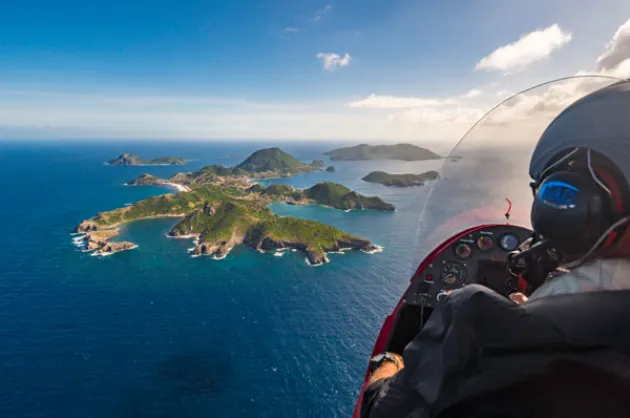
Les 10 choses incontournables à faire dans les Îles de Guadeloupe
Si vous envisagez de visiter les Îles de Guadeloupe lors de votre prochain voyage, vous allez adorer ce coin de paradis ! Plages paradisiaques, paysages naturels à couper le souffle, cascades entourées de forêts luxuriantes et de villages authentiques, les Îles de Guadeloupe aux Antilles françaises est l'endroit idéal pour un séjour de rêve. Les activités et visites à planifier sont nombreuses. Voici pour vous, une petite sélection des incontournables à faire dans les Îles de Guadeloupe.
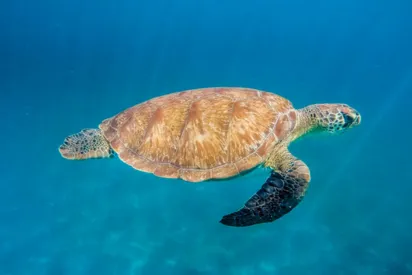
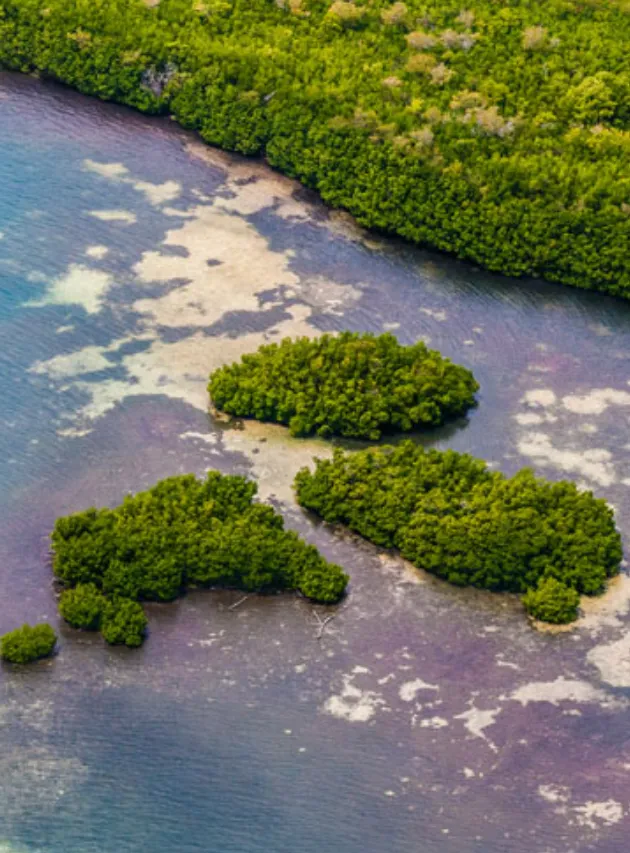

Grand Cul-de-sac Marin : un trésor écologique au cœur des Caraïbes
Le Grand Cul-de-Sac Marin est une réserve naturelle classée par l'UNESCO comme Réserve Mondiale de la Biosphère. On y trouve plusieurs écosystèmes importants tels que les mangroves, les forêts marécageuses, les herbiers marins, couvrant une superficie d'environ 15 000 hectares, mais également des récifs coralliens d'environ 40 km de long aux fonctions écologiques très importantes.



Les saveurs inoubliables des Îles de Guadeloupe
La cuisine guadeloupéenne et plus largement la cuisine Créole prônent le métissage. Cette cuisine traditionnelle mêle les saveurs des quatre coins du monde. Amérindiennes, africaines, européennes ou encore indiennes, les plats revendiquent un côté souvent épicé et généreux.
Ce beau mariage de savoir-faire et des parfums de voyage qui s’en dégagent laissent des saveurs inoubliables et propres à la culture gastronomique guadeloupéenne.


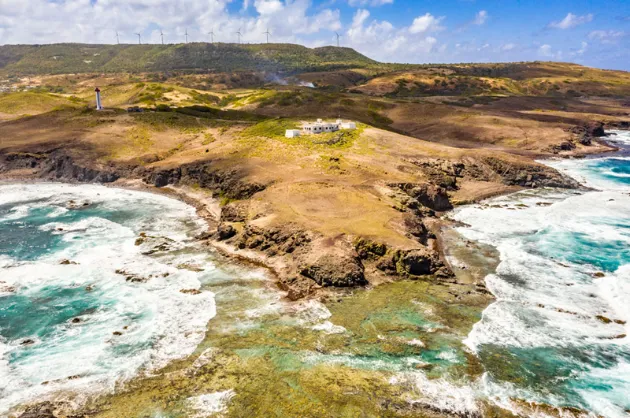
L'île de la désirade, pour les amateurs de tranquillité et d'authenticité
La Désirade est l'une des cinq îles qui composent l'archipel guadeloupéen. Elle se situe en bordure de la Grande Terre (en face de la Pointe des Châteaux en Guadeloupe). L'île est calme et non urbanisée. Sa simplicité caractérise l'île. Si vous avez envie de découvrir l’archipel de Guadeloupe, loin de l'agitation du tourisme de masse, la Désirade possède un charme fou. Une île aux multiples atouts qui attirent les amateurs de tranquillité et d'authenticité.

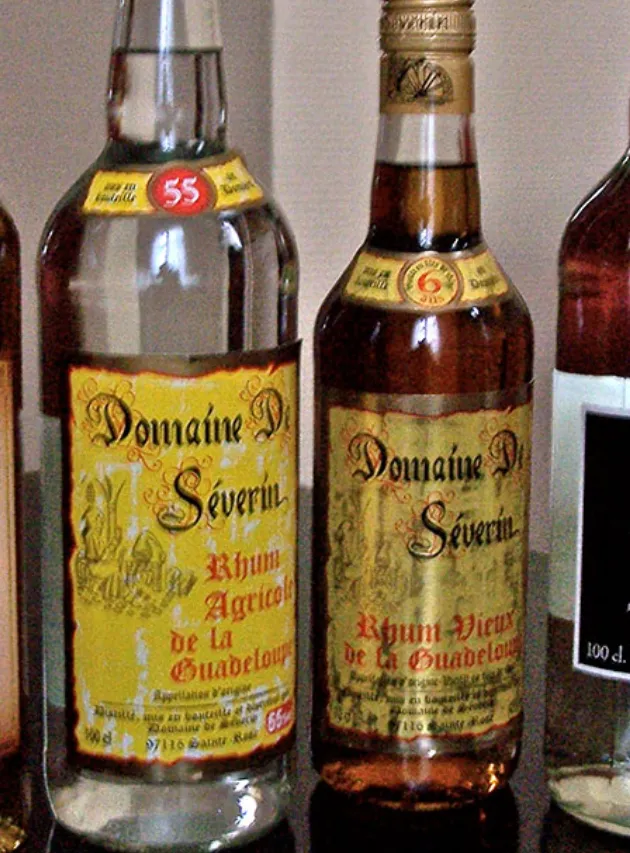

Fabrication du rhum de Guadeloupe : entre culture et tradition
Quand on évoque les Îles de Guadeloupe, on pense aux cocotiers, aux plages de sable fin et aux eaux turquoise. Mais, on oublie facilement l'une des spécialités historiques de l'île : le rhum. Pourtant, il fait partie intégrante de la culture créole locale. De nombreuses distilleries produisent encore de l'alcool de grande qualité. Ce n'est pas un hasard si la Route du Rhum passe par les Îles de Guadeloupe.
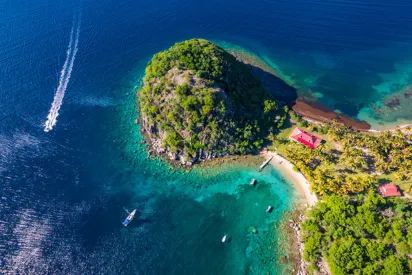
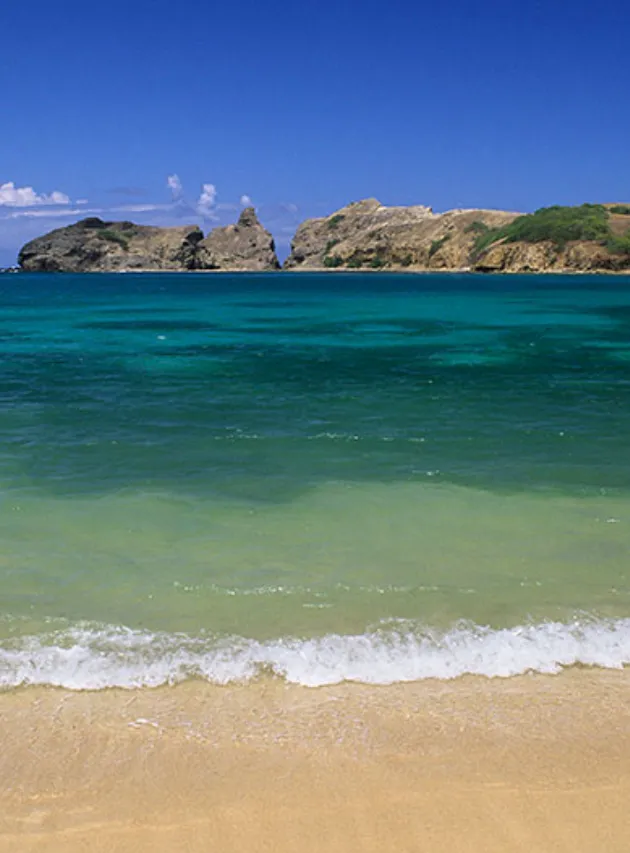

L'Archipel des Saintes : un paradis aux Caraïbes
De l'autre côté de l'Atlantique, au cœur des Caraïbes, au sud-ouest des Îles de Guadeloupe se trouve Les Saintes, un petit archipel de 13 km². Ici, le temps a suspendu son vol, cédant sa place à la détente, au bien-être et la douceur de vivre. Un cadre paradisiaque qui vous enchantera à coup sûr !
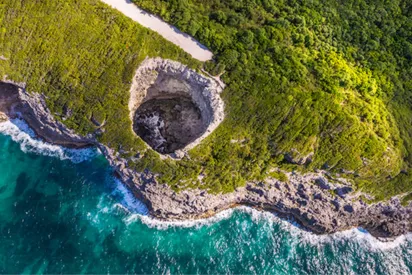
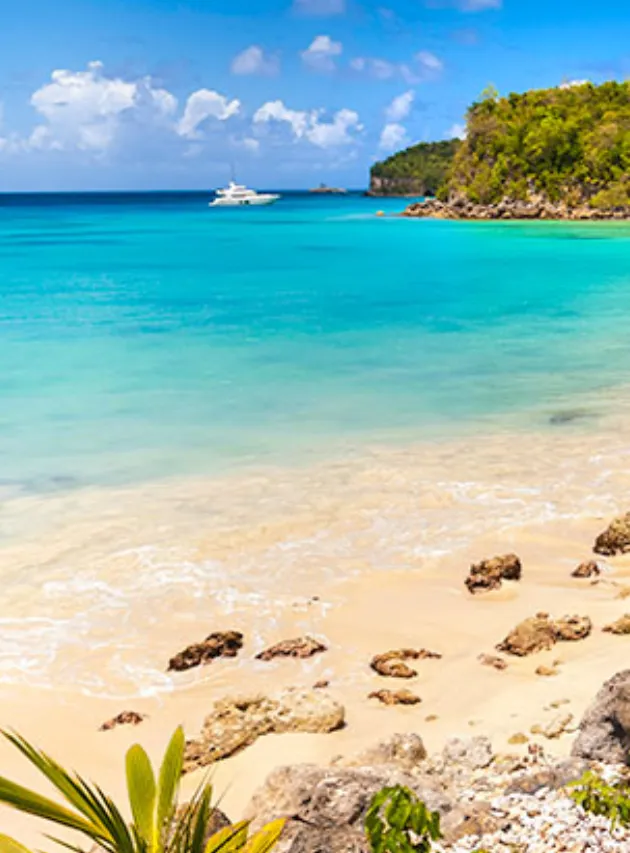
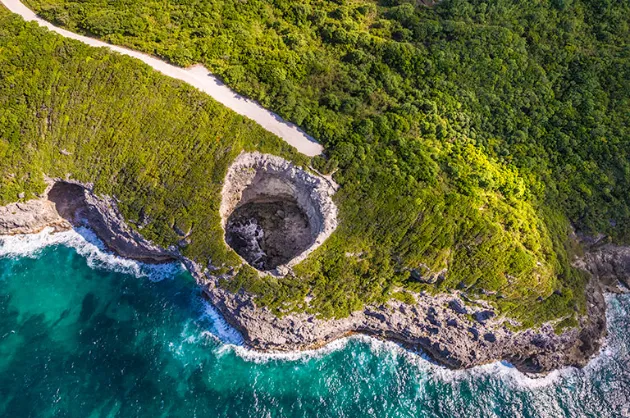
Une journée à Marie-Galante, l'île aux cent moulins
Face à La Toubana Hôtel & Spa se trouve Marie-Galante, l’île tranquille et authentique de l’ensemble de l’arc des Petites-Antilles.
Là-bas, les champs de canne à sucre s’étendent à perte de vue, les plages paradisiaques se succèdent, la faune et la flore sous-marines surprennent… Bienvenue sur l’île aux Cent Moulins, prénommée aussi la Grande-Galette, qui vaut le détour pour un voyage riche en découvertes.


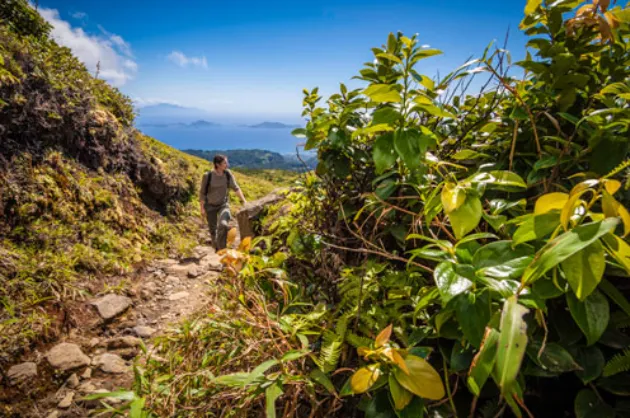
Une journée au volcan de La Soufrière
Les Îles de Guadeloupe possèdent une grande richesse de sites naturels protégés. Outre les belles plages de sable blanc, l’archipel abrite un écosystème classé par l’UNESCO abritant des paysages tropicaux et une biodiversité diversifiée.
Le parc national de Guadeloupe vous invitera dans différents milieux naturels : la forêt tropicale, la mangrove et le littoral. Le choix d’excursions en sera d’autant plus large ! La plus incontournable, et celle qui marque le plus les esprits est, selon moi, la randonnée à La Soufrière.
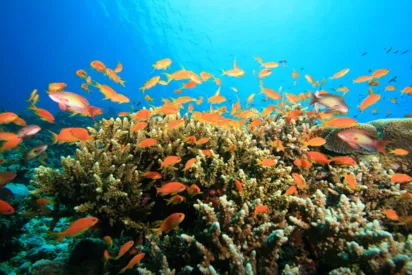
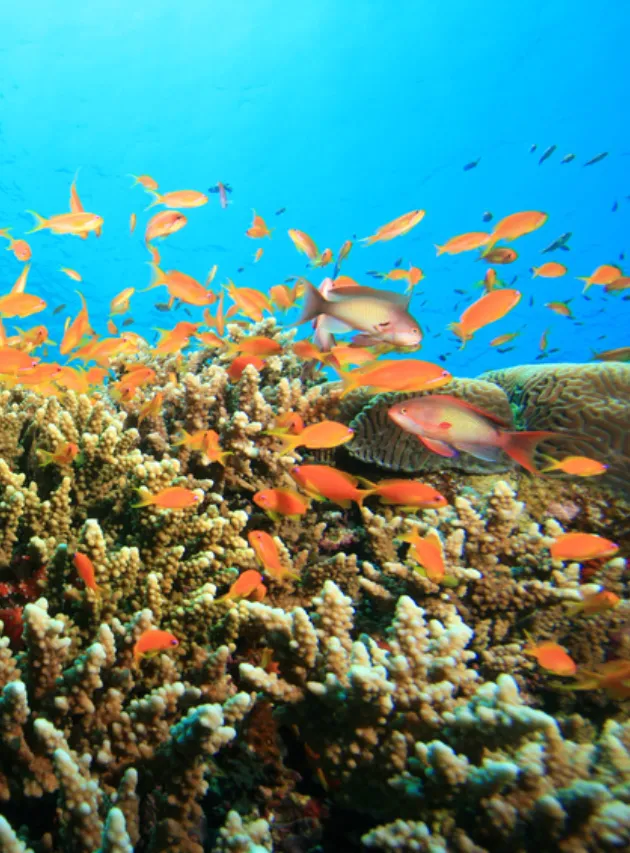

Une réserve naturelle à cœur ouvert
Le Grand-Cul-de-Sac Marin :
Le Parc national des Îles de Guadeloupe et sa réserve naturelle accueillent toute l’année les amoureux de plongée. Fragile et forte à la fois, cette zone d’environ 135 000 hectares se navigue, se découvre « en pleine conscience » pour en préserver ses trésors.



Ma recette maison du «Scrub coco» pour le corps !
Aujourd’hui, c’est un moment rien que vous vous !
Nos expertes du Spa La Toubana, vous dévoile leur recette secrète du « Scrub Coco » pour un moment de bien-être à la maison.

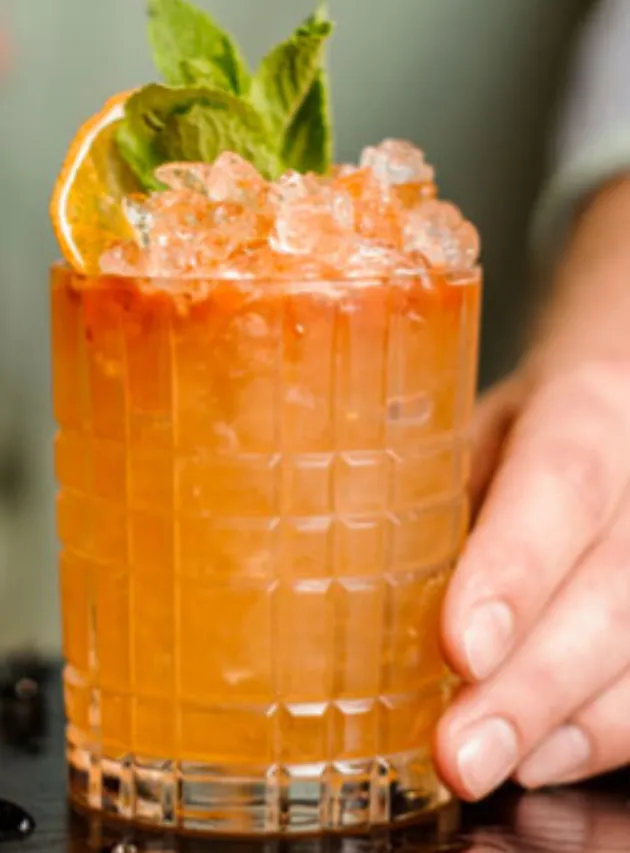

Le Cocktail Mai Tai pour un voyage gustatif dans les Îles de Guadeloupe !
Une envie de décompresser et d’épater votre famille en cette période confinement ?
Notre barman du Bar de La Mer vous dévoile sa recette du célèbre cocktail Mai Tai.
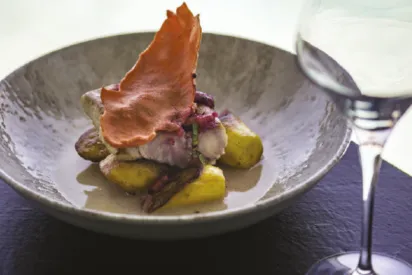
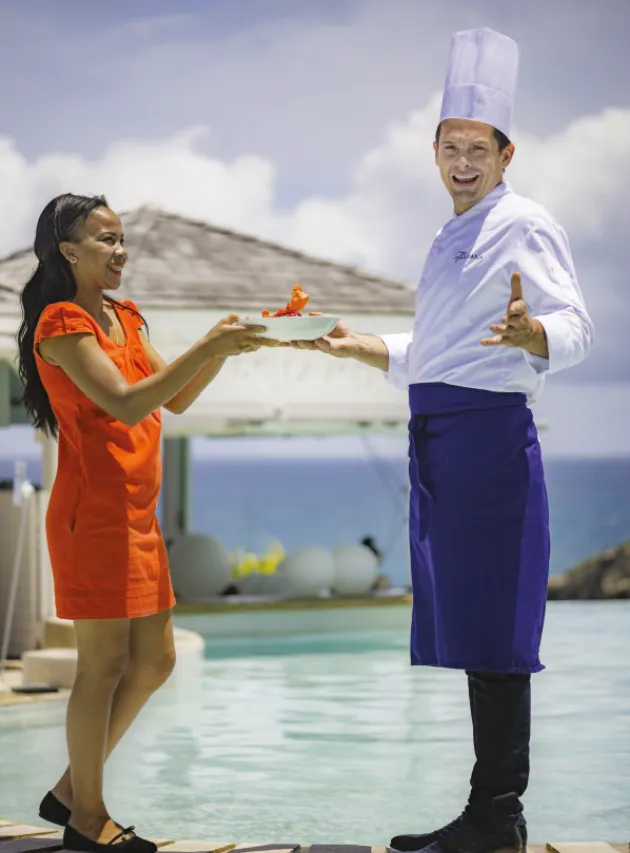
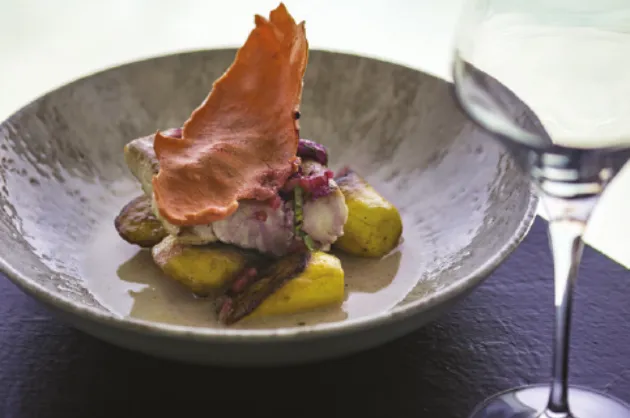
Aurélien Bulgheroni révolutionne les cartes de la Toubana Hôtel & Spa *****
Tombé amoureux des fourneaux à Monaco, Aurélien Bulgheroni mixe l’héritage de plusieurs années passées auprès de chefs reconnus au Canada, en Australie et à Bora Bora. Sa créativité internationale se mêle parfaitement aux produits locaux.